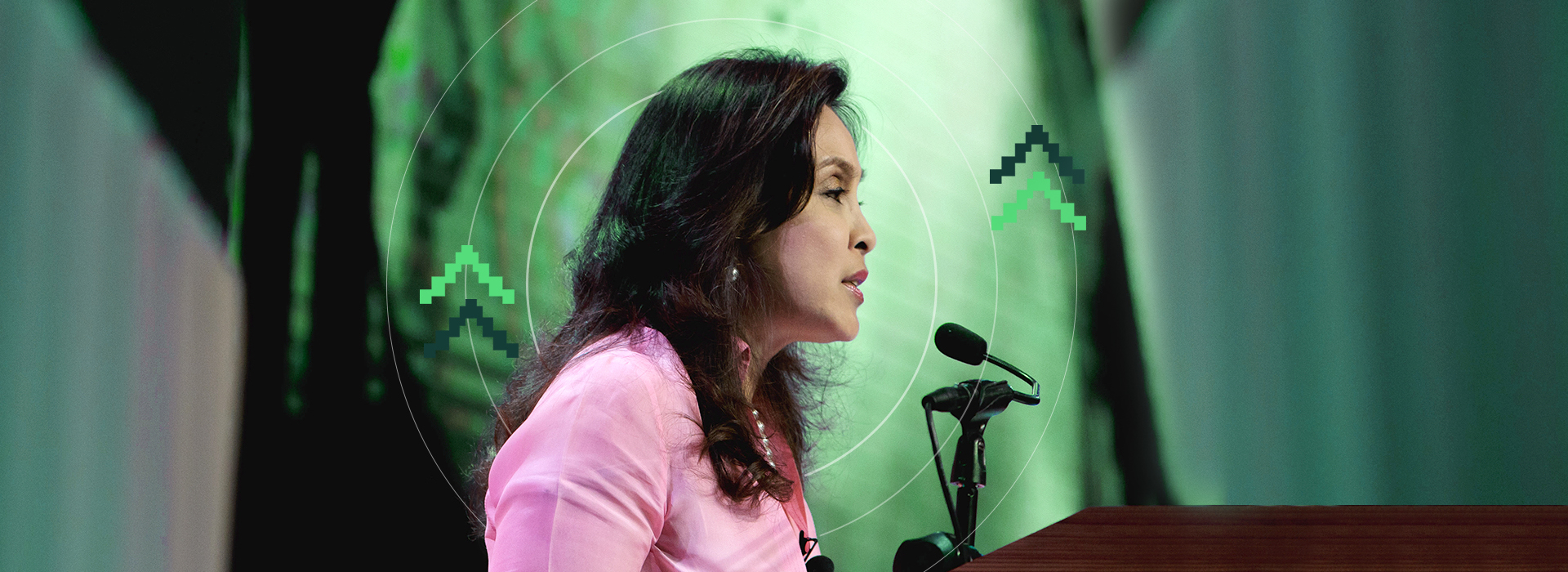Message of Senator Loren Legarda | Sulog: Filipino Architecture at the Crosscurrents
September 19, 2025“He who does not know how to look back at where he came from will never find his way to his destination.” These words from our national hero, Jose Rizal, speak to us that if we fail to understand the currents that have taken us to where we are today, we can never get to where we are headed.
I believe architecture has a powerful story to tell, just as literature does. Years ago, I led the initiative of bringing back the Philippines to the Biennale Architettura in Venice after a long hiatus, and today, as the Guest of Honour of this year’s Frankfurter Buchmesse, we present this exhibition “Sulog: Filipino Architecture at the Crosscurrents,” by an exceptional curatorial team, adept in the field of Architecture: Edson Cabalfin; Patrick Kasingsing, and Peter Cachola Schmal, with the same belief that Filipino architectural voices need to be part of the most important conversations in the world.
The word “sulog,” meaning water current in the Philippine language, Cebuano, reflects the idea that Filipino architecture has never been static. Like a skilled navigator reading the waters, our architectural journey begins with understanding where we have been, recognizing how the currents around us are unfolding, and allowing them to guide us toward new possibilities.
Through this exhibition, we invite the world to understand how Filipino architecture comes from the crosscurrents of our histories, our physical environments, and the movement of people, ideas, and experiences throughout our archipelago and the world.
This exhibition allows us to experience Filipino architecture through three interconnected themes. First, “People as Network,” recognizing that our built environment emerges from the imagination and engagement of Filipino architects, collaborators, clients, communities, and the diaspora of our people across the world. Second, “Places as Flux” acknowledges that architecture is based on the site, climate, geology, culture, and history. Third, “Process as Flows” acknowledges the decisions we make in the process of creating architecture: the materials we use, the construction methods we select, our use of participatory approaches, or the ways we engage with communities.
Our participation as Guest of Honour demonstrates that, through our literature, visual arts, music, or architecture, being Filipino belongs to more than one singular story. In all our contradictions, we understand our identity is not simply a reflection of what colonization has imposed on us, or what revolution has reclaimed. We are an intersection of cultures, languages, faiths, and histories, and therein lies our greatest strength.
Thank you for flowing with us in these currents and for being part of this celebration of Filipino ingenuity and imagination.

